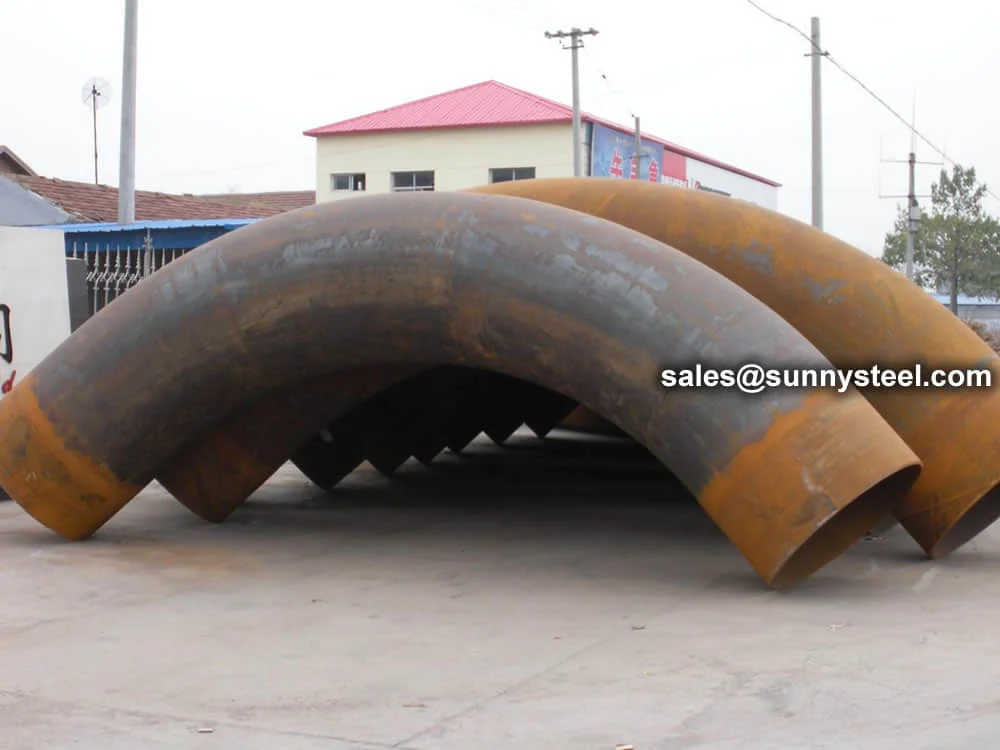
Seamless And Welded Large-diameter Pipe Bends For High-flow Applications
Large size pipe bending refers to the technique of bending pipes with large diameters, often over 24 inches (600 mm).
Seamless And Welded Large-diameter Pipe Bends For High-flow Applications
Large size pipe bending refers to the technique of bending pipes with large diameters, often over 24 inches (600 mm). due to the pipe’s size and weight, specialized equipment and expertise are needed to achieve precise bends while preserving the pipe’s structural integrity.
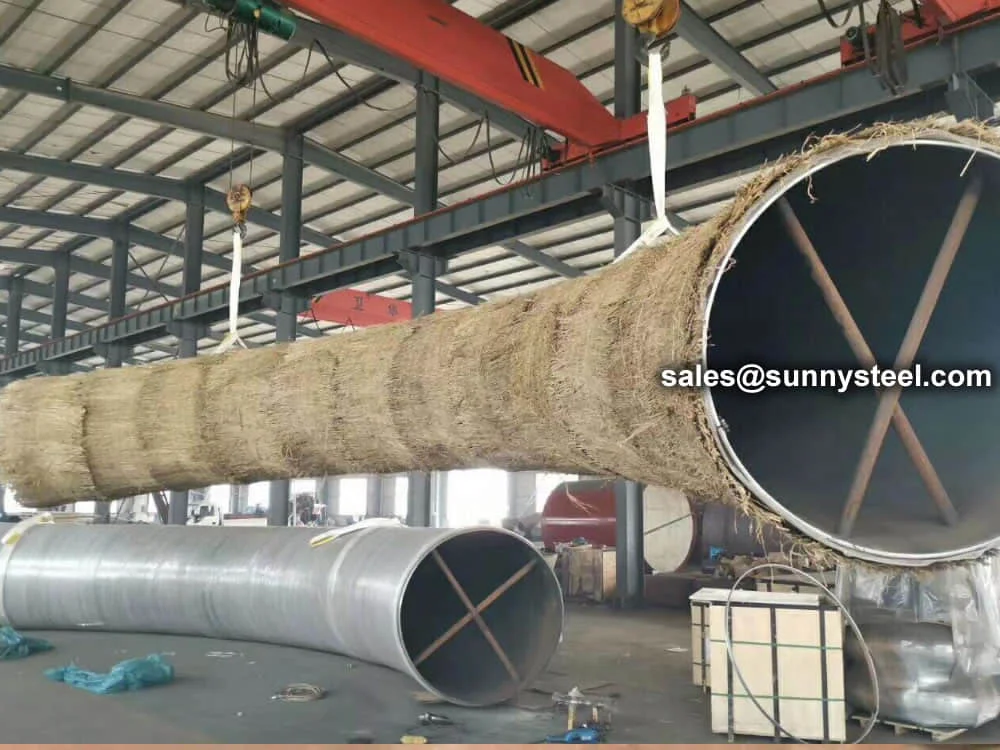
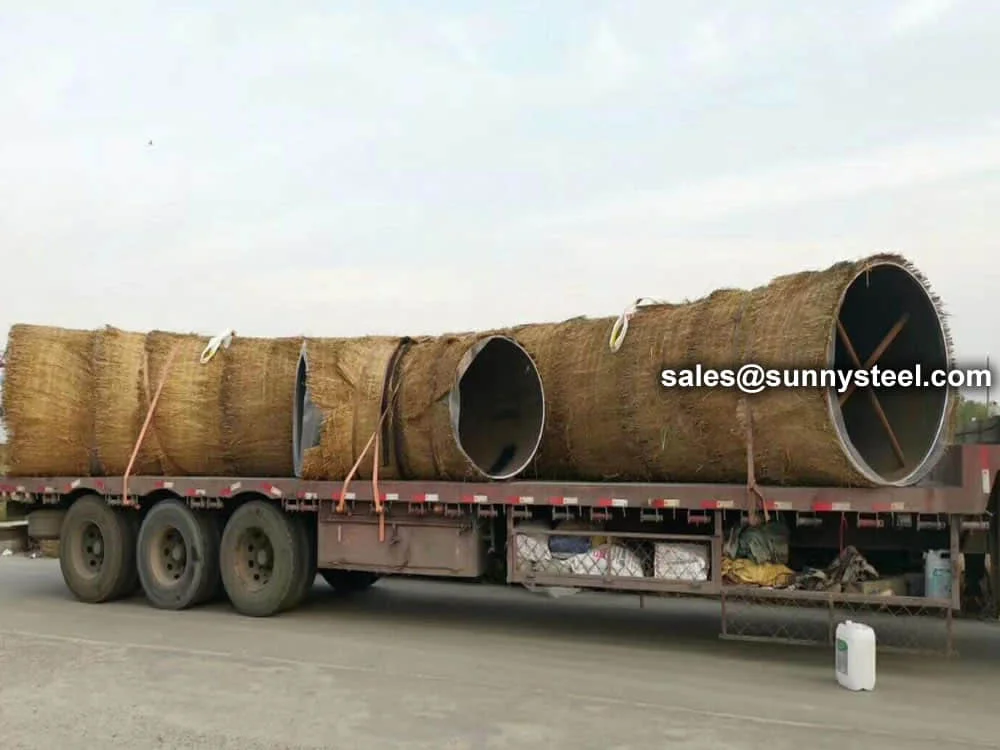
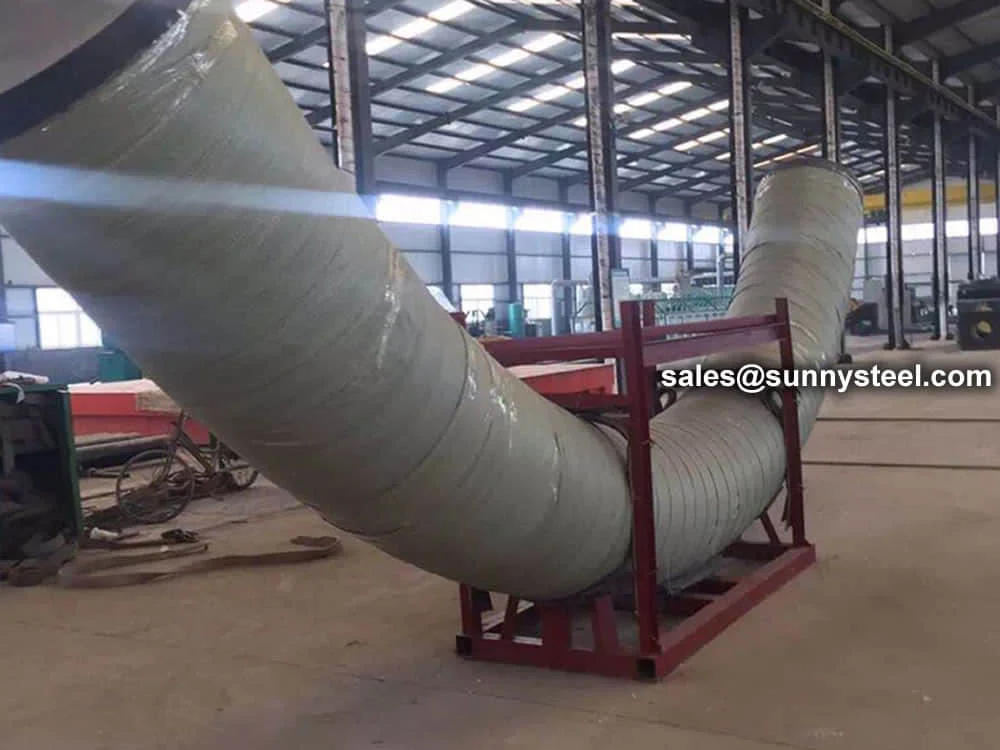
Large-Size Pipe Bends are specialized pipe fittings designed for industrial piping systems, typically ranging from 24” to 48” (DN600 to DN1200) in diameter. Compliant with standards like ASME B16.9 and MSS SP-43, these bends are crafted from carbon steel (ASTM A234 WPB) or stainless steel (ASTM A403 WP304/WP316), offering superior strength, erosion resistance, and corrosion resistance. They are ideal for boiler pipeline protection in industries such as oil and gas, power generation, and large-scale structural applications.
Manufactured through hot induction bending or cold-forming, large-size pipe bends feature bend radii like 3D, 5D, or 10D, ensuring smooth flow transitions and reduced pressure loss compared to standard elbows. Available in angles of 90°, 45°, 30°, or custom configurations, these bends support seamless or welded designs, catering to high-flow, high-pressure systems.
Large-size pipe bends support welding, bending, and flanging, with excellent weldability for stainless steel and good weldability for carbon steel. With wall thicknesses from SCH 10 to SCH 160, they meet rigorous pipeline requirements. Testing includes chemical analysis, tensile testing (≥370 N/mm² for carbon steel, ≥515 N/mm² for stainless steel), flattening, and nondestructive examinations (radiographic, ultrasonic, or eddy current), ensuring compliance with industry standards.
Coated with galvanizing, FBE, or 3LPE for carbon steel, and passivation for stainless steel, large-size pipe bends enhance corrosion resistance, protecting against rust and chemical exposure in harsh environments. Their smooth interior surfaces minimize flow resistance, making them suitable for boiler pipeline protection, refinery piping, and structural applications like trailer frames and sign frames.
For engineers seeking robust and efficient industrial piping solutions, large-size pipe bends deliver smooth flow, durability, and performance, addressing challenges like pipeline corrosion, mechanical stress, and high-temperature demands in large-scale applications.
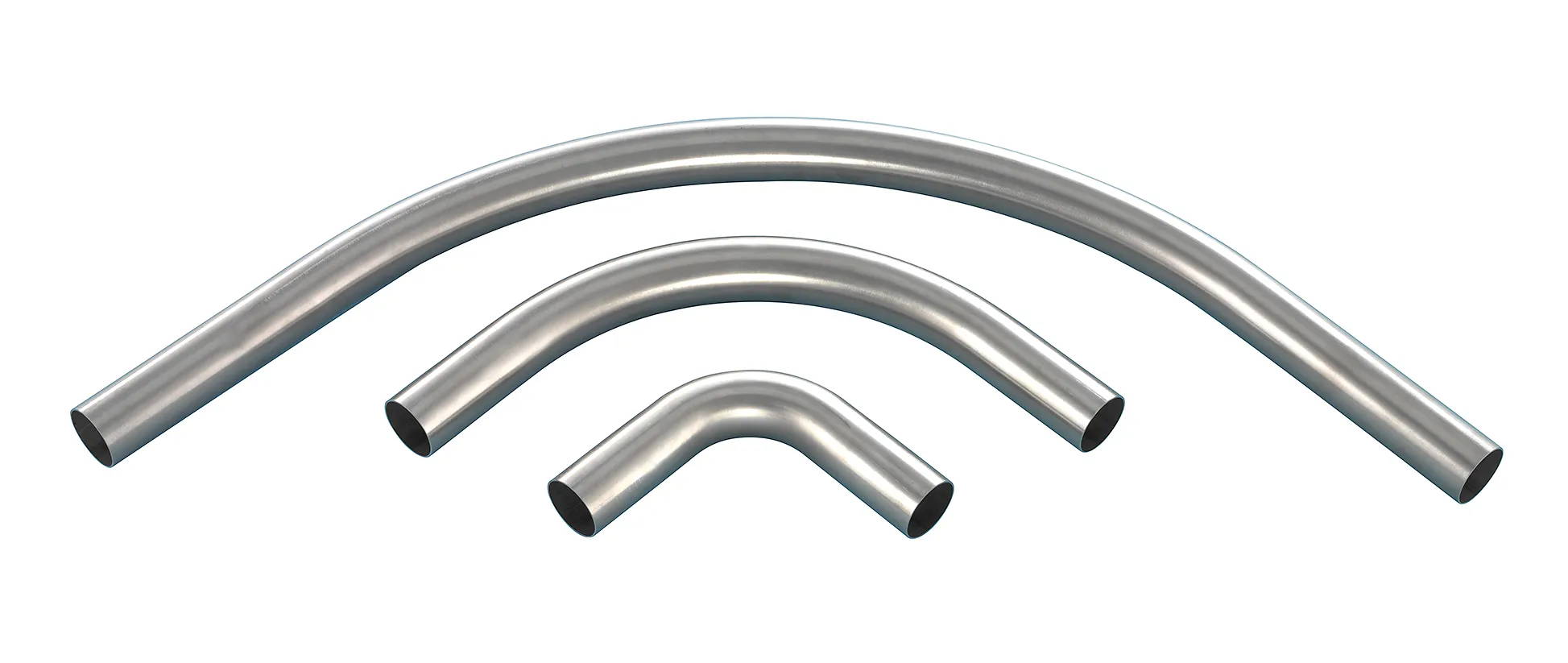
Stainless steel pipe bends
| Specification | Details |
|---|---|
| Standards | ASME B16.9, MSS SP-43 |
| Materials | Carbon Steel (ASTM A234 WPB), Stainless Steel (ASTM A403 WP304/WP316) |
| Sizes | 24” to 48” (DN600 to DN1200) |
| Wall Thickness | SCH 10 to SCH 160, XXS |
| Bend Radii | 3D, 5D, 10D, or Custom |
| Angles | 90°, 45°, 30°, or Custom |
| Manufacturing | Hot Induction Bending, Cold-Forming, Seamless, Welded |
| Coatings | FBE, 3LPE, Galvanizing (Carbon Steel), Passivation (Stainless Steel) |
| Testing | Chemical Analysis, Tensile, Flattening, Radiographic, Ultrasonic, Hydrostatic |
| Feature | Large-Size Pipe Bends | Large-Size Elbows (ASME B16.9) |
|---|---|---|
| Bend Radius | 3D, 5D, 10D, or Custom | 1D (SR), 1.5D (LR) |
| Flow Characteristics | Smooth, low turbulence | Higher turbulence |
| Size Range | 24” to 48” (DN600 to DN1200) | Up to 24” (DN600) |
| Applications | Long pipelines, refineries, structural | Compact piping systems |
| Corrosion Resistance | Enhanced by coatings/passivation | Enhanced by coatings/passivation |
| Key Advantage | Reduced pressure loss, smoother flow | Compact, cost-effective for tight spaces |
The radius of the pipe's centerline through the bend
The external diameter of the pipe being bent
The thickness of the pipe wall, critical for bend quality
Pipes experience spring back after bending. Harder pipes and smaller centerline radii result in more spring back, which causes radial growth. Proper calculation and compensation are essential for achieving the perfect bend.
A curated list of long-tail keywords for large-size pipe bends, covering diverse bending applications, specifications, and material properties.
Note: Large-size pipe bends are designed for smooth flow and corrosion-resistant industrial piping across various applications. Contact a certified supplier for detailed specifications.

Radius is three times the nominal diameter. Compact design for space-limited applications.
Radius is five times the nominal diameter. Optimal balance of flow and space requirements.
Radius is ten times the nominal diameter. Maximum flow efficiency with minimal pressure drop.
For a 10-inch diameter pipe with a 5D bend:
Centerline Radius = 5 × 10 inches = 50 inches
The radius calculation helps determine the space requirements and flow characteristics of the bend.
| Material Type | Grades & Standards |
|---|---|
| Stainless Steel | ASTM A403 WP Gr. 304, 304L, 304H, 309, 310, 316, 316L, 316Ti, 317L, 321, 347, 347H, 904L |
| Carbon Steel | ASTM A 234 WPB, WPBW, WPHY 42, WPHY 46, WPHY 52, WPH 60, WPHY 65 & WPHY 70 |
| Low-Temperature Carbon Steel | ASTM A420 WPL3, A420 WPL6 |
| Alloy Steel | ASTM / ASME A/SA 234 Gr. WP 1, WP 5, WP 9, WP 11, WP 12, WP 22, WP 91 |
| Duplex & Super Duplex Steel | ASTM A815, ASME SA 815 UNS 31803, UNS 32205 (Dual Certified) |
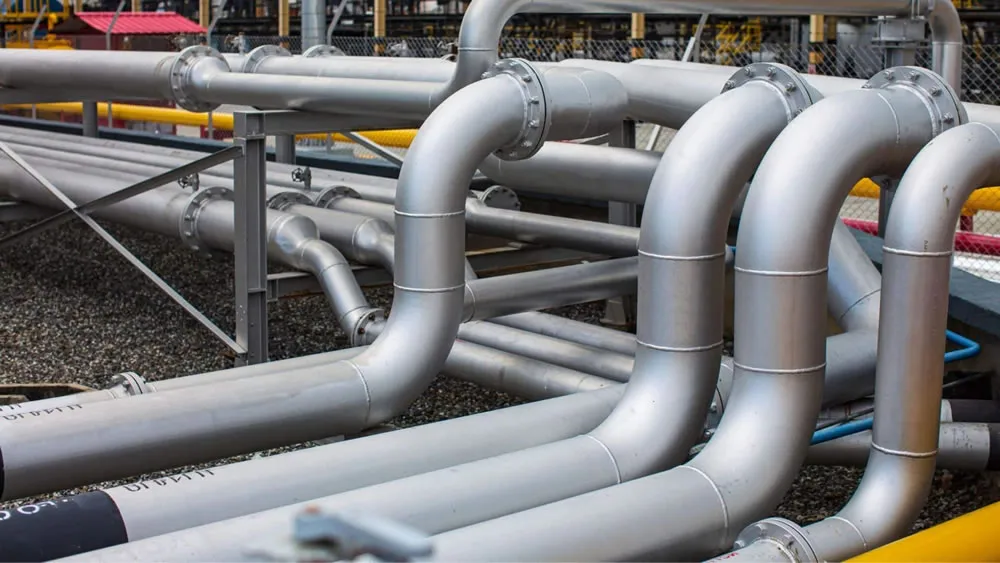
The Large Size Pipe Bending are used in the following industries:
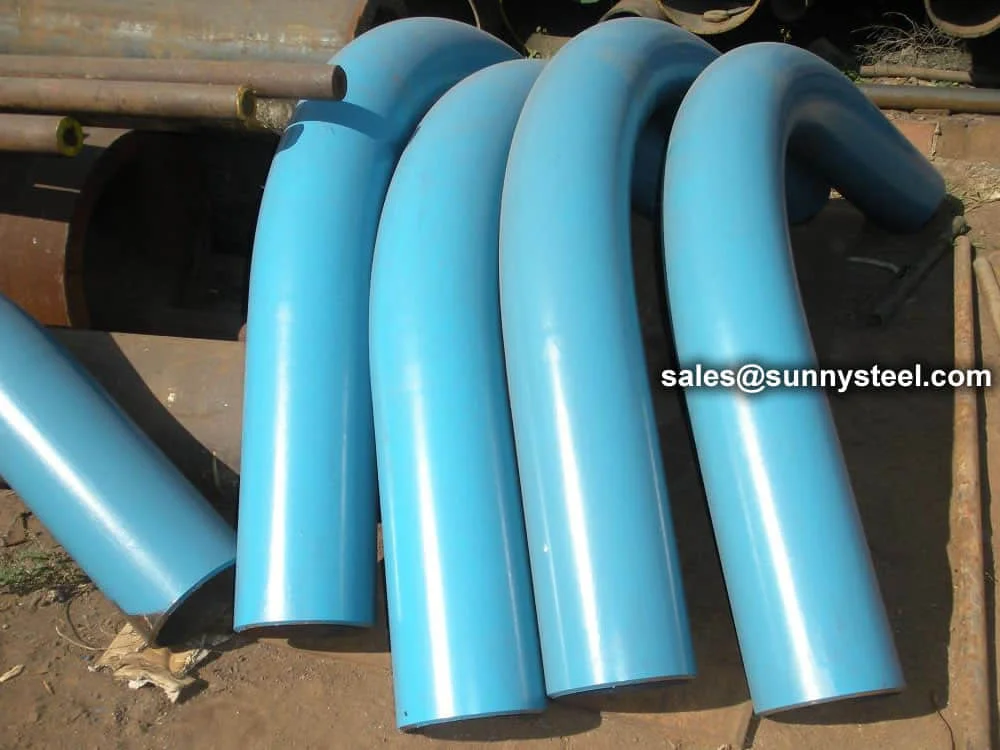
A 7d pipe bending is a pipe bend that the bend rad...
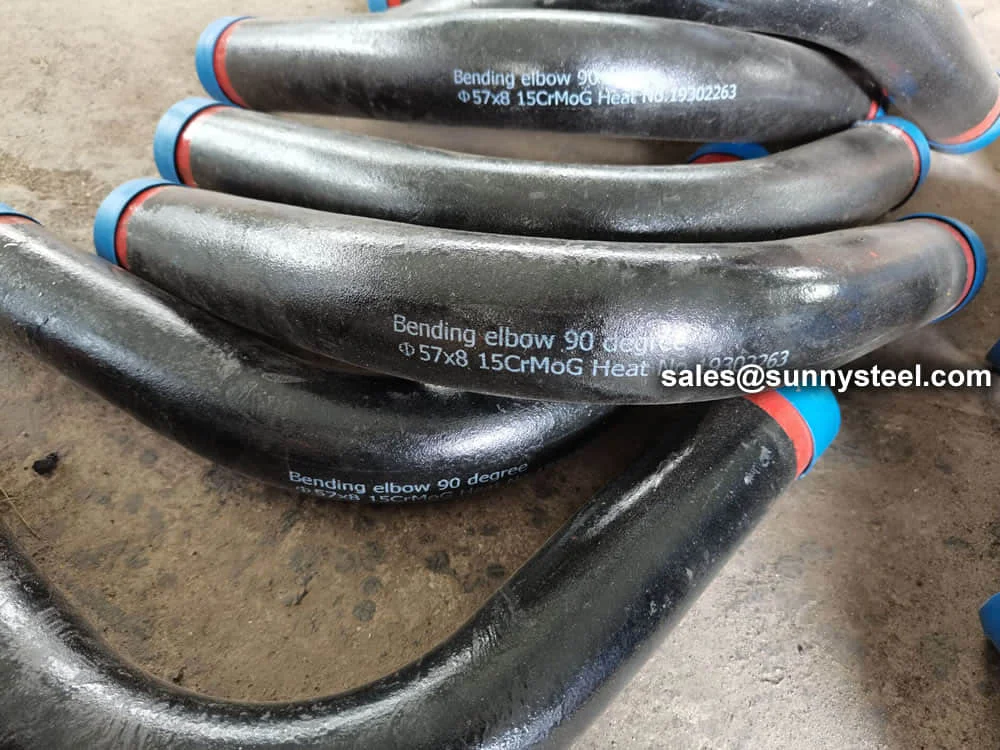
15crmog pipe bending involves shaping seamless all...
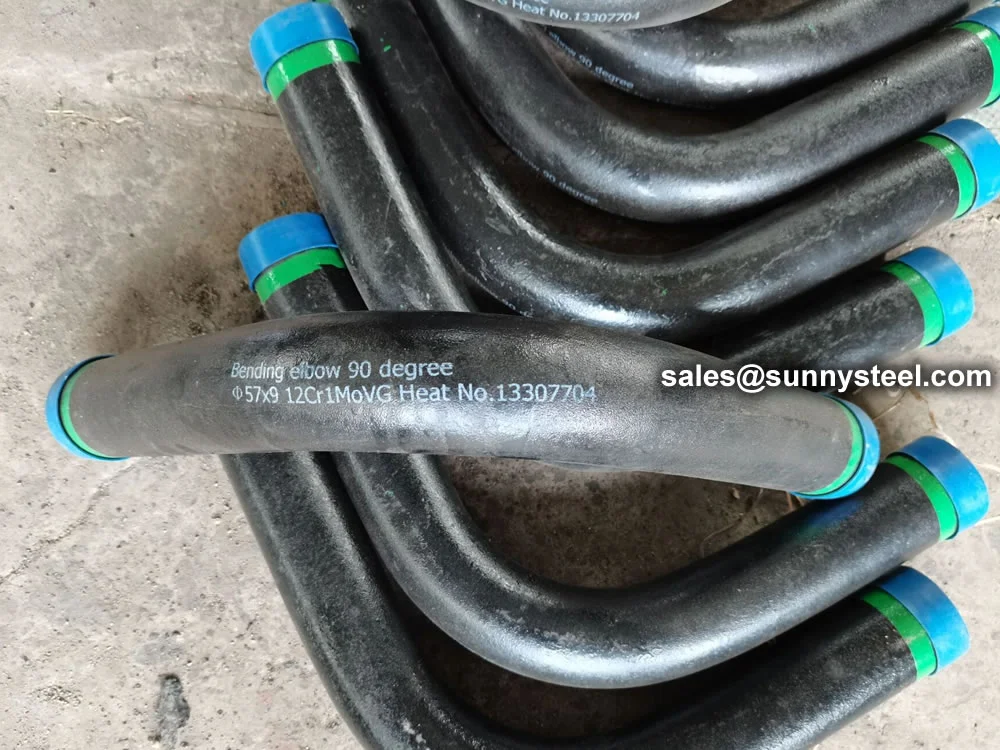
12cr1movg pipe bending refers to the process of sh...
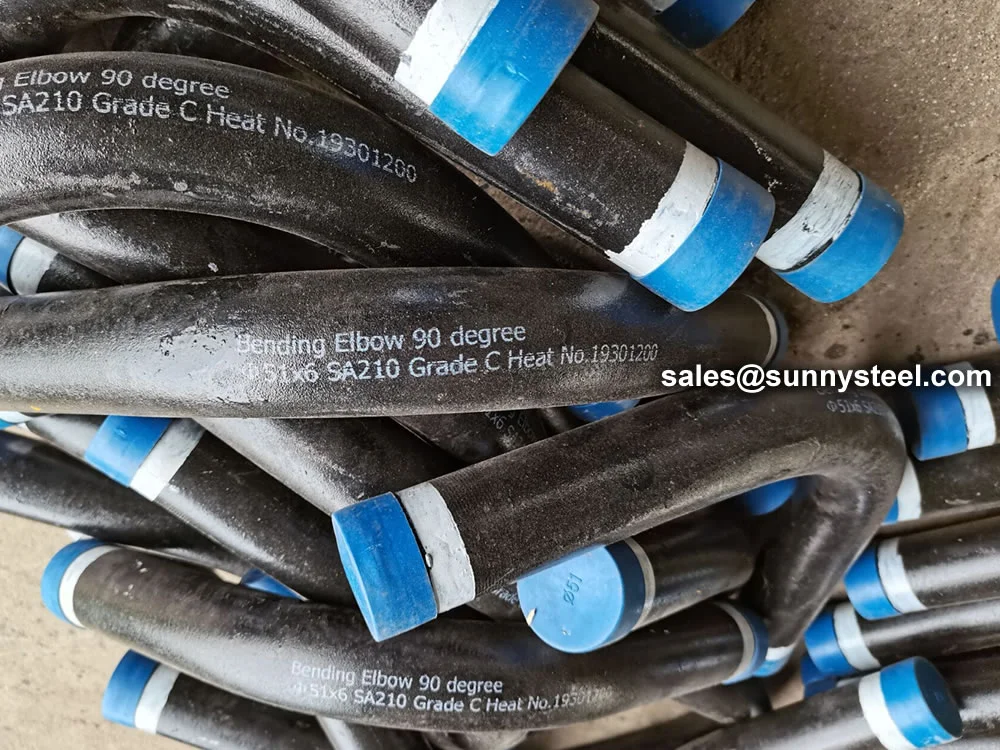
Astm a210 grade c pipe bending involves forming se...
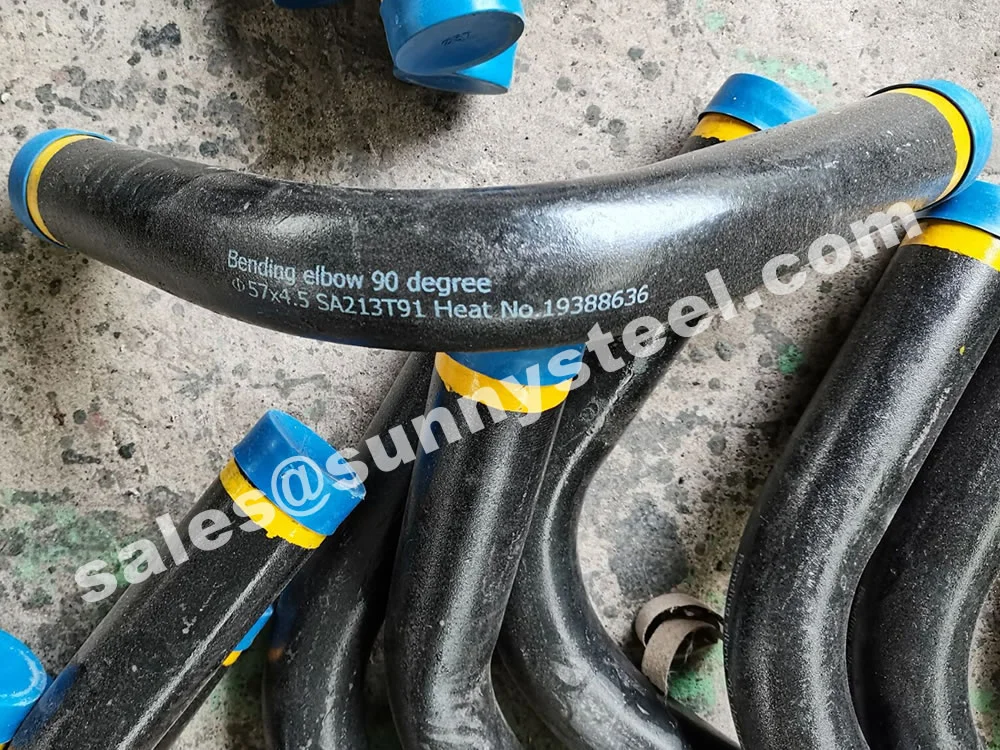
Bending astm a213 t91 requires special care and te...
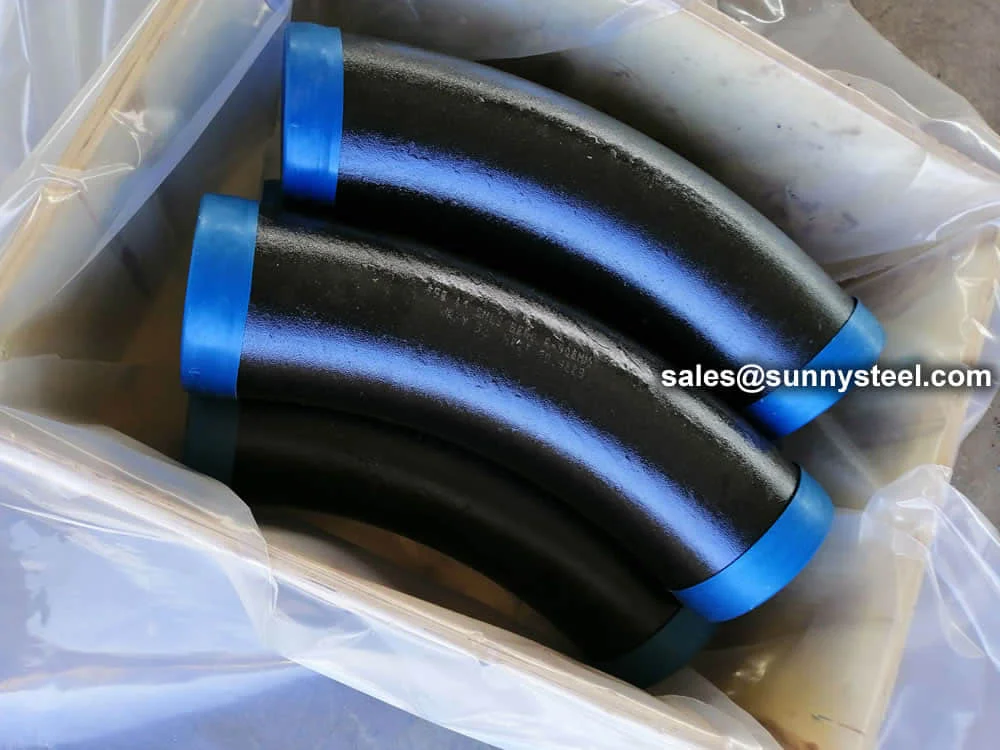
5d pipe bending solutions, crafted from carbon and...